From the small town of Mojacar we made our way to the great port city of Cartagena set in its own natural harbour. With a rich naval history, tropical climate and grand colonial architecture we were keen to explore. There are 12 museums here, along with 4 churches, many monuments, statues and sculptures, promenades, plazas and the marina. That’s not to mention hundreds of shops, cafes and restaurants so plenty of things to keep us occupied. There’s also a Roman amphitheatre which amazingly was only discovered in 1987 under the old fisherman’s quarter – nobody knew it was there right under their feet until they started digging and building in the area! We weren’t sure how long we would be so initially we looked for day time parking ending up at the spacious football stadium car park just North of the port. It was a bit shabby, not exactly photo-worthy but it did the job. A short walk later and we were wandering down one of the elegant pedestrianised streets with tall, grand facades and attractive tiles.
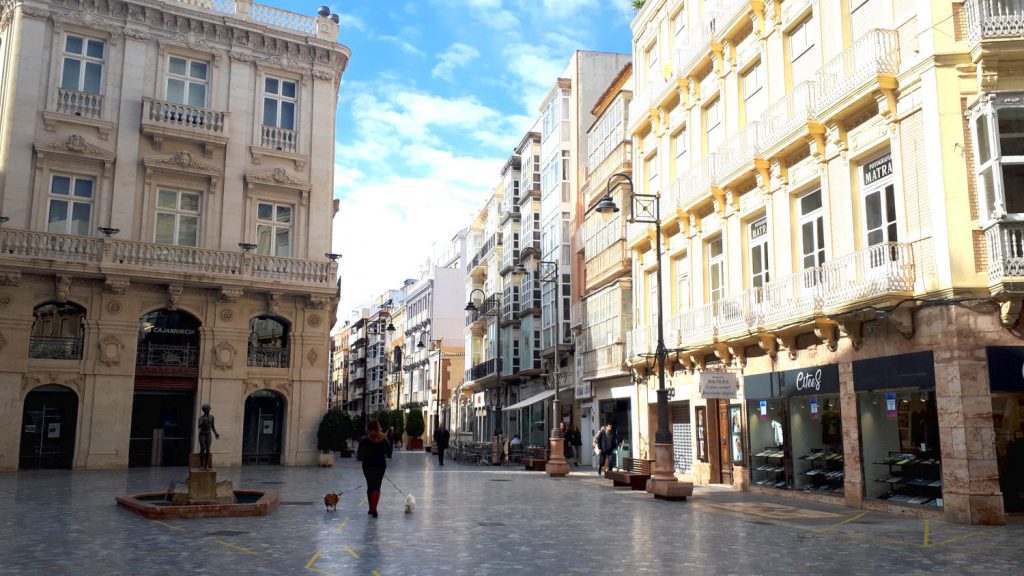
Palacio Pedreno residential palace, Cartagena
It’s an ideal city to walk around, not too big, not too small with loads to see and do. A lot of the buildings are tall and quite majestic with colourful paintwork, ornate metalwork and interesting features. The eye-catching art nouveau Gran Hotel is one which particularly stood out, but unfortunately its no longer a hotel and now houses a bank. What a shame, if it was as ‘gran’ as the name suggests it must have been a very fancy place to stay.
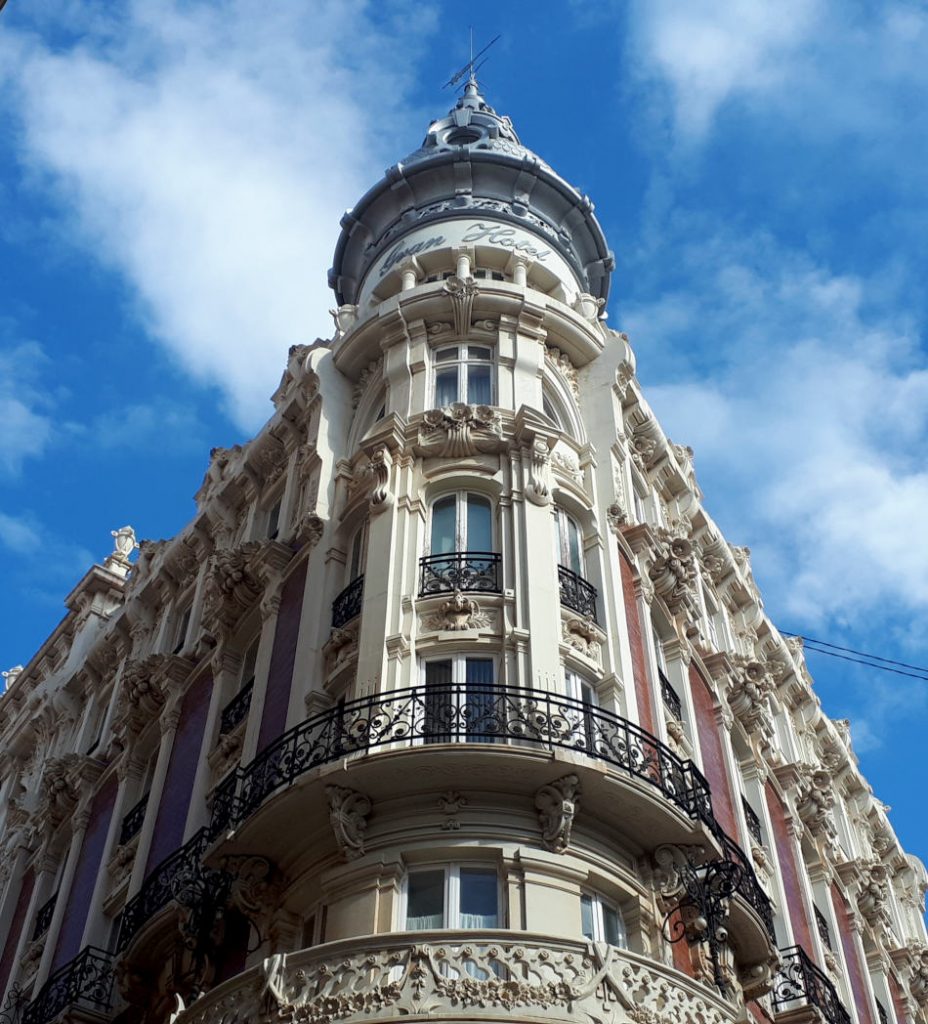
The beautiful facade of the Gran Hotel, now unfortunately a bank!
The city’s rich naval history is highlighted in the many of the sculptures and statues throughout the streets, like the one near the harbour below of the life sized conscript sailor cast in bronze, carrying his sack of possessions as he arrives for service. The monumental sculpture in the main picture above is a giant, hunched man which is hollow but still weighs about 2 tons and stands at over 4.8m high. It was created as a tribute to victims of terrorism and makes a major impact on the promenade right by the marina. A bit further along the marina by the Naval museum there’s a massive whale tale sculpture set into the water measuring 8 metres wide and 5 metres tall which weighs a hefty 24 tons!

Life sized bronze sailor statue.
Another thing that amazed us were the enormous trees, some seem to be rubber trees and others Ficus macrophylla. Their massive trunks are big enough but then their giant roots spread out and great drooping branches hang down making them even more huge and impressive. Some of these ancient trees are protected by law and there are serious consequences and fines dished out if they are remotely damaged or mis-treated.
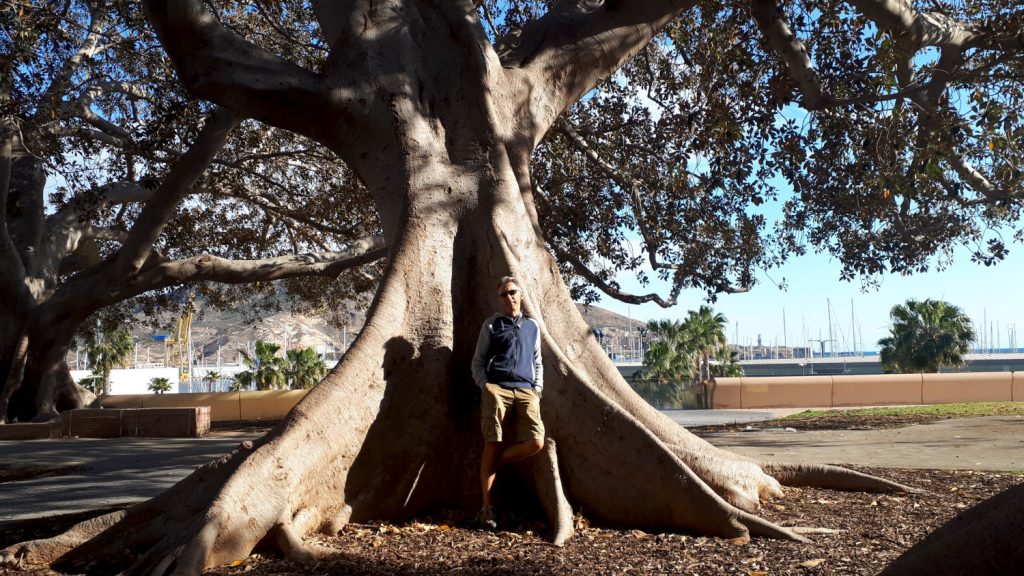
Giant trees, one of many in Cartagena
Cartagena is also well-known for its Coffee Asiatico made with its home-produced liqueur Licor 43. It’s offered in cafes all over the city and is a bit like an Irish coffee but served in a special glass with the liqueur, a splash of brandy and most importantly condensed milk, giving it a sweet, layered finish. We popped into a small coffee bar to try one and we really liked it. We also had a bit of entertainment while we drank it with a room full of men and women in the back room lit up with disco lights enjoying a Spanish version of an afternoon tea dance! We reckoned they’d had a few drinks between them too because they all came staggering out, chattering loudly and looking a bit too pink in the cheeks! We enjoyed the coffee so much that we decided to go to the Licor 43 Experienca (N37.635895, W0.929795) nearby to try the liqueur properly. One of the first things we found out is that they can produce up to 12,000 bottles an hour! Produced only in the Cartagena factory but distributed globally it is a unique drink made with 43 different flavourings. The recipe is a highly guarded secret but is said to include vanilla, coffee and chocolate notes. It is particularly popular with the Germans who apparently drink it with ice and milk. They manage to get through 9 million bottles a year.
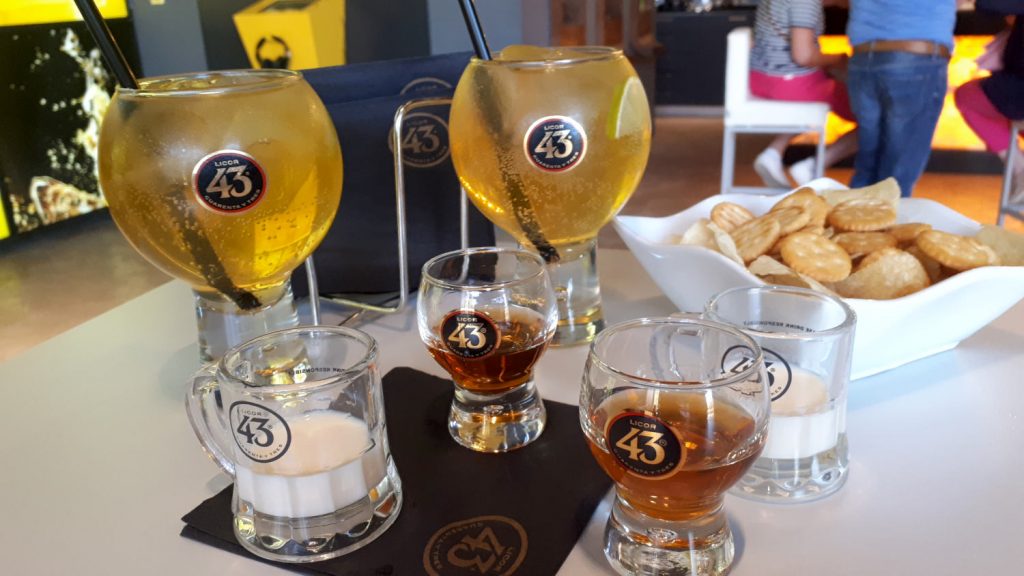
Our selection of tasters at the Licor 43 Experience
We drove there, finding that the car park area was quite small, so we went in and booked for the next day and were told they would reserve a parking space for us. The next morning we turned up for our tour at 12.30 and sure enough a space had been reserved – albeit rather small! We managed to squeeze Buzz in and went in through the shop where they sell bottles of 43 along with all the wines they also produce and other paraphernalia such as glasses and t-shirts.
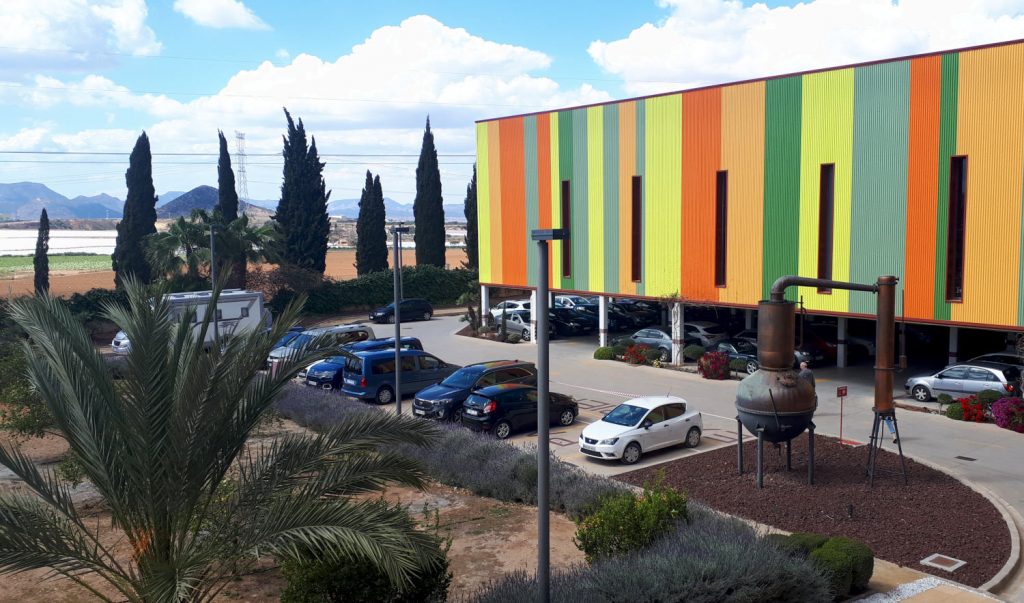
Licor 43 Experience, building painted to represent the many flavours used
The tour was a good 2 hours and included a walk through a balcony overlooking the factory floor which was fascinating. It’s quite mesmerising watching the process, the bottling, labelling and then boxing. Unfortunately photos weren’t allowed inside so we will have to rely on our memories for that. There’s also a museum where we were told the interesting history of the drink and the family that still runs it followed by the best bit – the tasting.
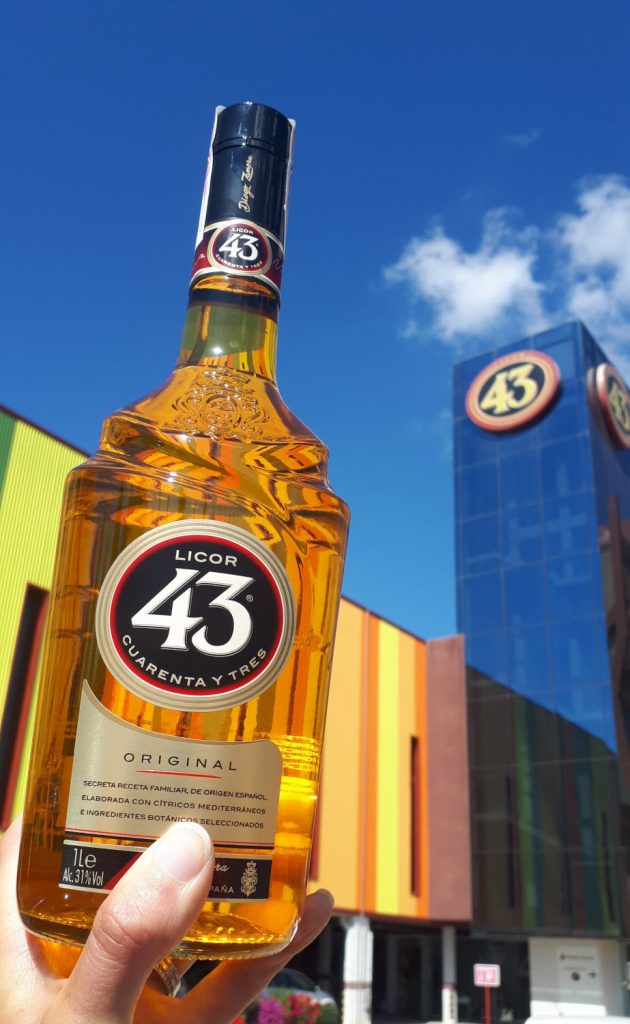
43 different flavours go into a bottle of 43!
We tried the original liqueur which at 31% proof was pretty strong and nearly took our breath away! Then we had the coffee flavoured version Baristo and a blend made with tiger nuts, Orochata. Our favourite though was a delicious cocktail made with ginger beer and a squeeze of lime which was really good. It goes without saying that we came away with a bottle and we’re going to save it and bring it back to the UK with us, along with our sherry and some of the regional wines we’ve saved along the way. At least, that’s the intention ….. we’ll see how it goes!


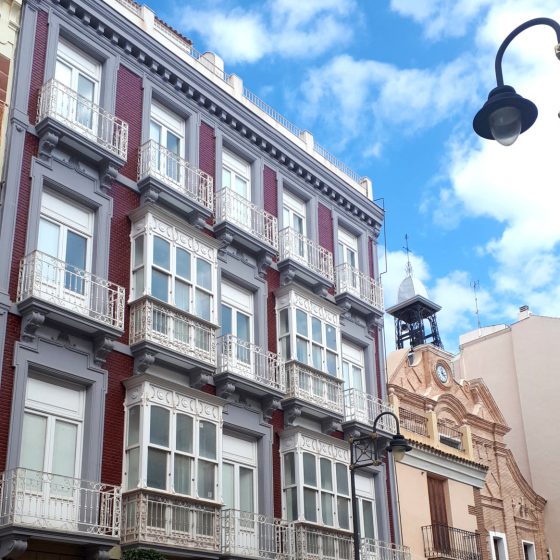
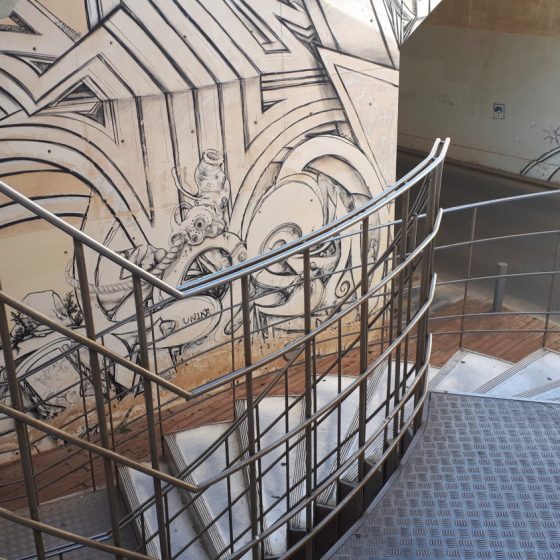
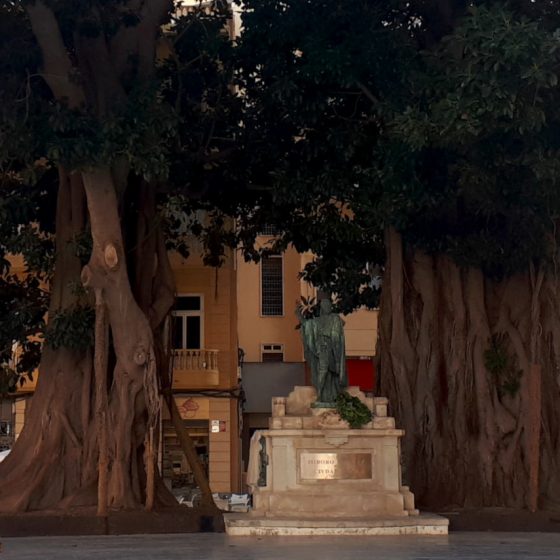
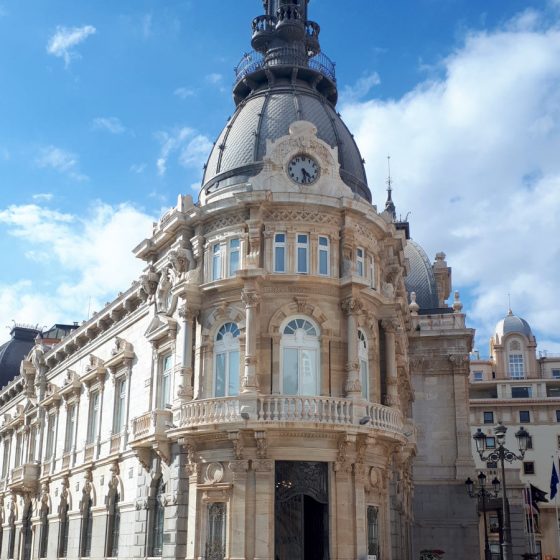
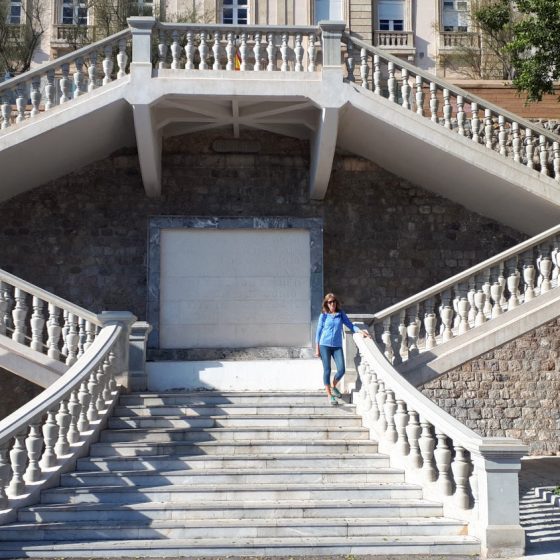
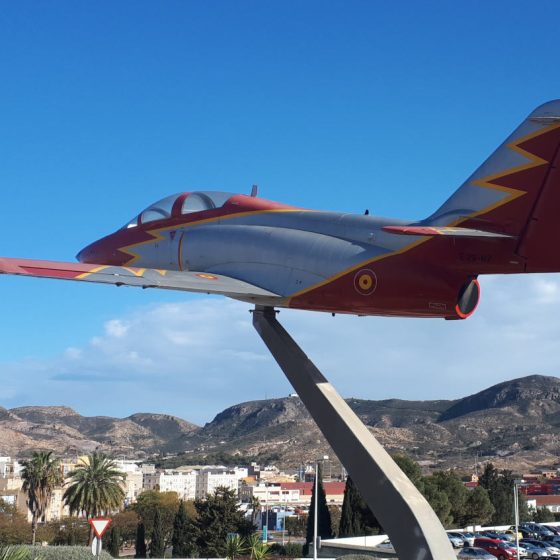
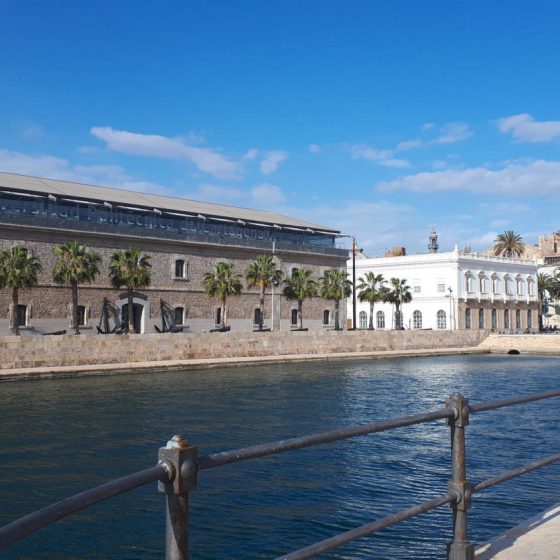
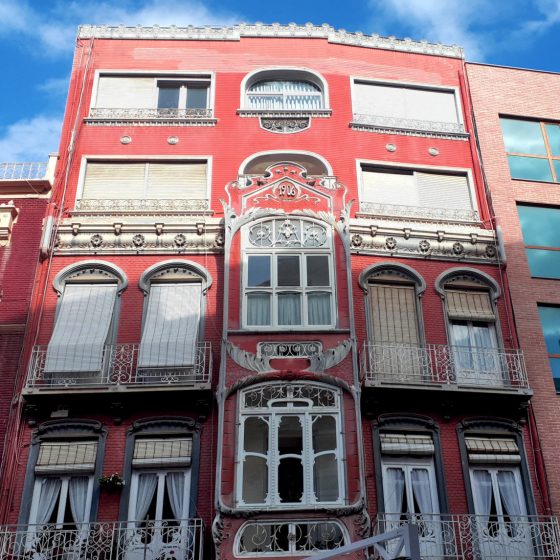
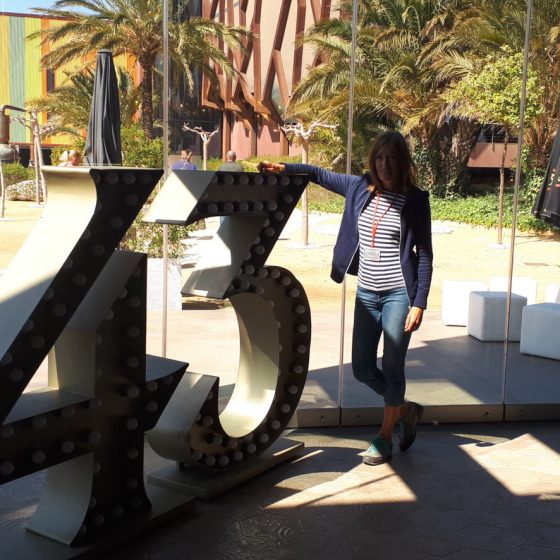
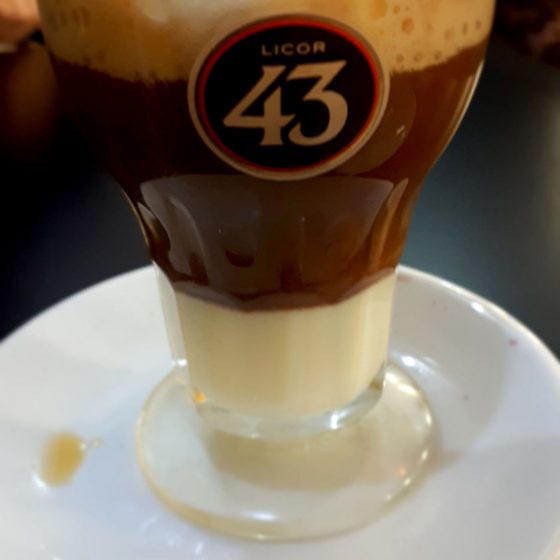
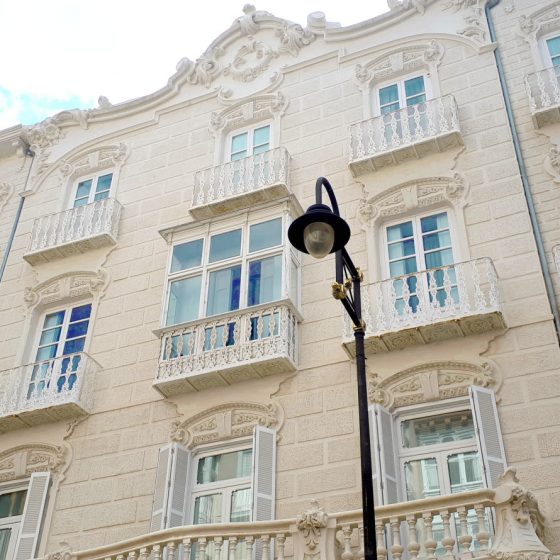
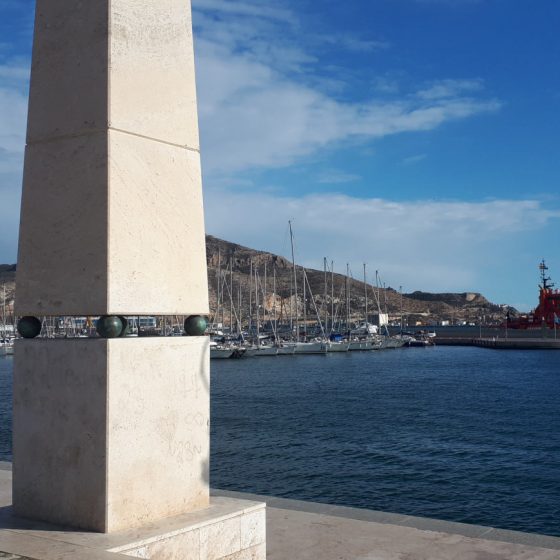
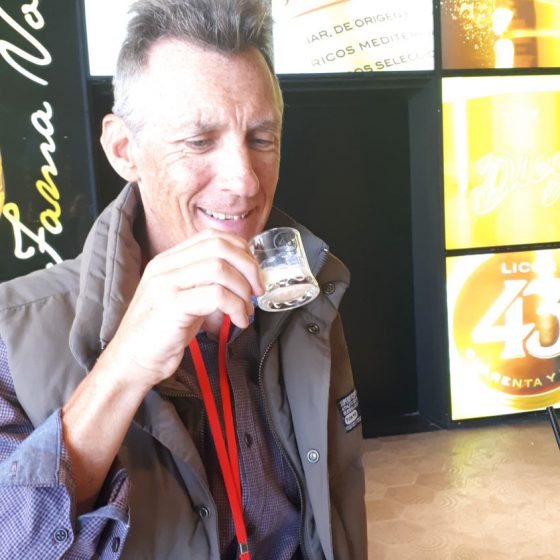
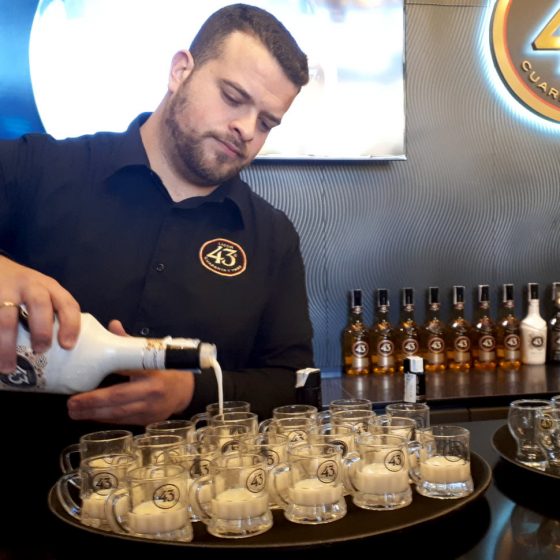
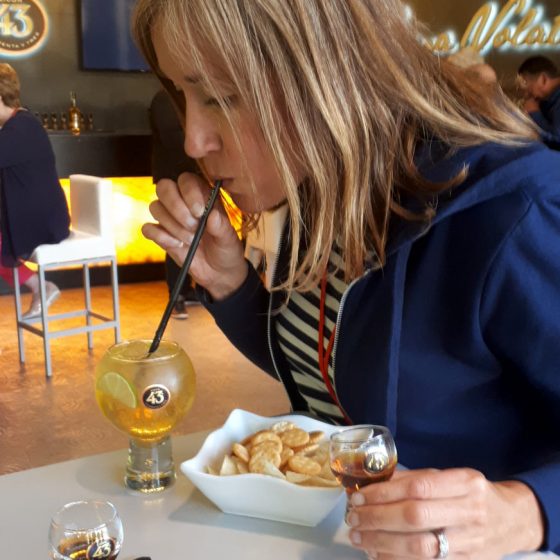
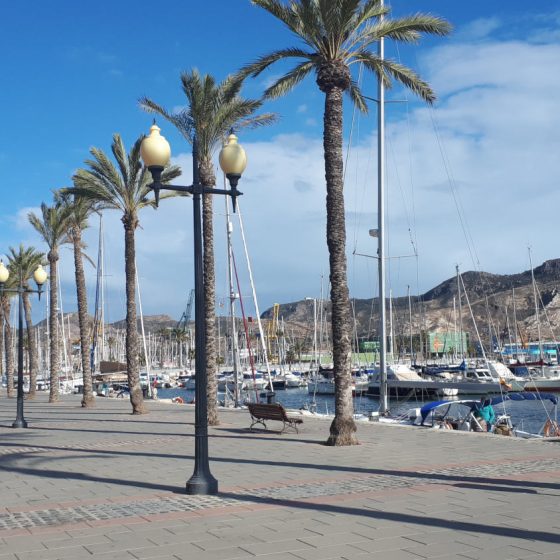
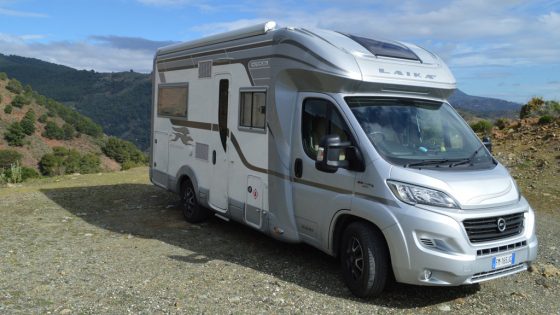
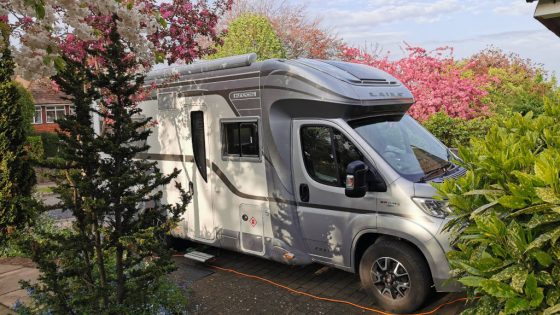
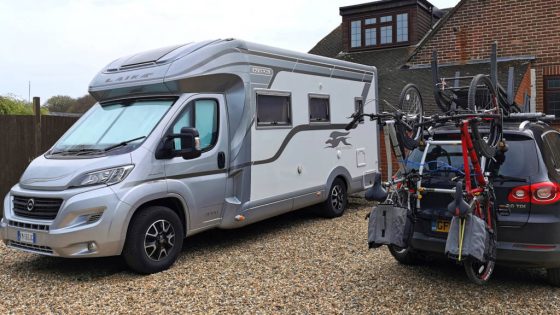
Leave a Reply